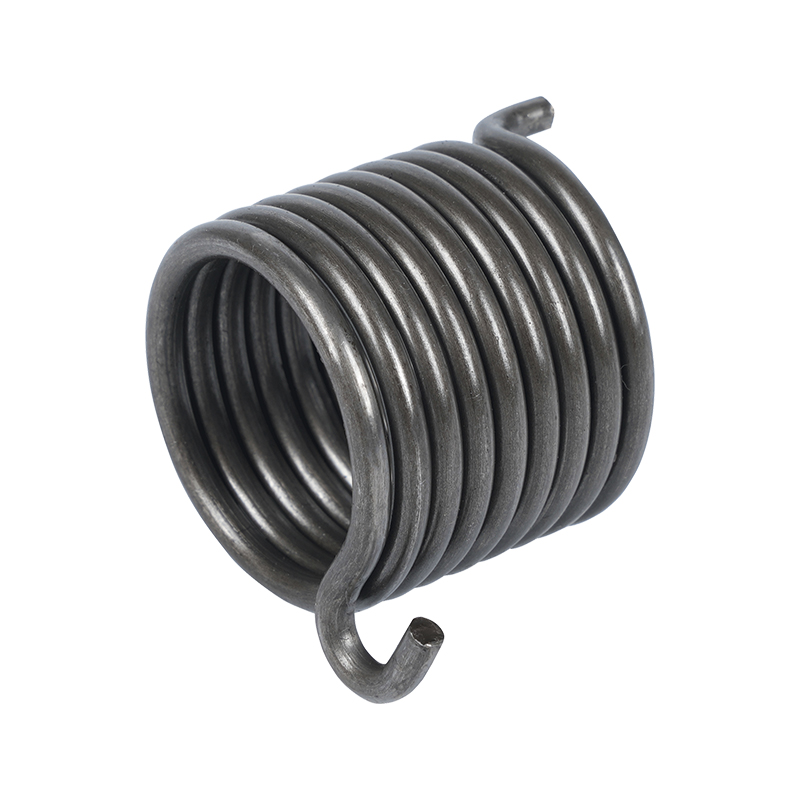The Impact of Automation on Metal Parts Stamping Efficiency
Custom Metal Parts Machining Services Factory
In the realm of manufacturing, metal parts stamping has undergone significant transformations due to the integration of automation technologies. The application of robotics and computer numerical control (CNC) stamping machines has revolutionized the way metal parts are produced, enhancing efficiency and flexibility in production processes. As industries strive to meet increasing demands for precision and speed, the role of automation in metal parts stamping becomes increasingly vital.
Robotics has emerged as a game-changer in metal parts stamping. Automated robotic arms are now capable of performing complex stamping tasks with remarkable accuracy. These robots can manipulate metal sheets and execute intricate designs that would be challenging to achieve through traditional methods. The precision offered by robotic systems ensures that each stamped part adheres to strict specifications, minimizing the risk of defects and rework. This level of accuracy is crucial in industries where tolerances are tight, such as automotive and aerospace manufacturing.
Moreover, the speed at which robotic systems operate significantly enhances production capabilities. Unlike manual processes, which are often limited by human factors, robots can work continuously, providing uninterrupted production. This capability allows manufacturers to increase output and respond more swiftly to market demands. The ability to run operations 24/7 not only boosts productivity but also optimizes resource utilization, contributing to a more efficient manufacturing environment.
CNC stamping machines also play a pivotal role in the automation of metal parts stamping. These machines are programmed to perform a variety of stamping operations with minimal human intervention. The precision of CNC technology allows for rapid tool changes, reducing downtime between different stamping tasks. This agility in tooling is essential for manufacturers who need to adapt quickly to changing production requirements or custom orders. By streamlining the setup process, CNC stamping machines contribute to a more flexible manufacturing system that can accommodate diverse product lines.
The integration of automation in metal parts stamping also enhances safety in the workplace. Automated systems can take over tasks that pose risks to human workers, such as handling heavy materials or performing repetitive motions. By reducing the need for manual labor in hazardous environments, automation not only protects workers but also fosters a safer overall workplace. This shift towards automation aligns with the growing emphasis on workplace safety and health standards across industries.
Furthermore, the data-driven nature of modern automation technologies allows for better monitoring and control of the stamping process. Manufacturers can collect and analyze data in real time, enabling them to identify inefficiencies and areas for improvement. This capability leads to informed decision-making and continuous optimization of production processes. By leveraging data analytics, companies can enhance their operational efficiency and maintain high-quality standards in metal parts stamping.
As industries continue to embrace smart manufacturing, the benefits of automation in metal parts stamping are becoming increasingly apparent. The combination of robotics and CNC technology not only improves efficiency but also enhances the flexibility of production systems. Manufacturers can quickly adjust to new designs or changes in demand without significant delays. This adaptability is crucial in today's fast-paced market, where customer preferences can shift rapidly.
In conclusion, the application of automation technologies in metal parts stamping is transforming the manufacturing landscape. Robotics and CNC stamping machines are enhancing precision, speed, and safety while providing manufacturers with the flexibility needed to thrive in a competitive environment. As the industry moves towards smarter manufacturing solutions, the role of automation will continue to grow, driving improvements in efficiency and productivity. The future of metal parts stamping lies in the seamless integration of these advanced technologies, paving the way for a more efficient and responsive manufacturing ecosystem.


 English
English русский
русский Español
Español











